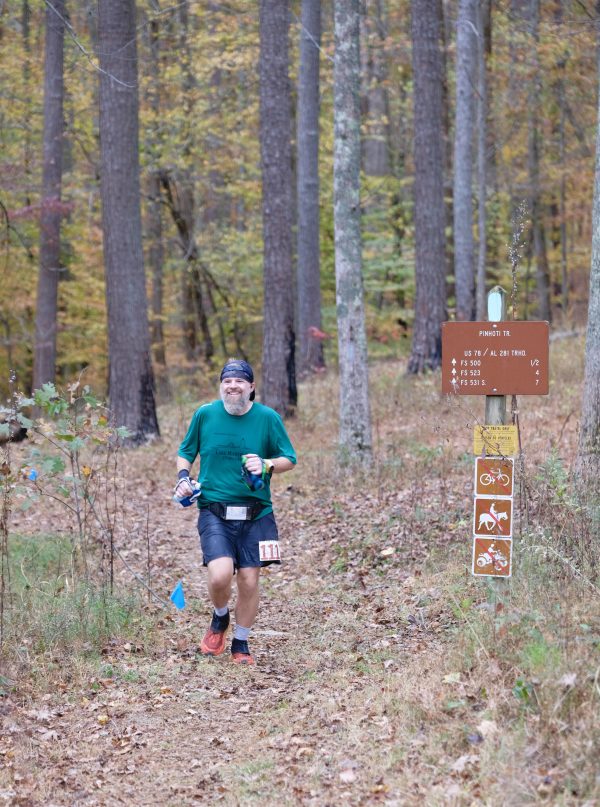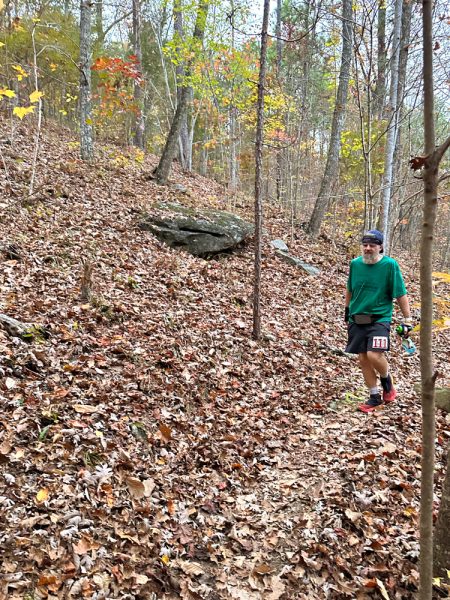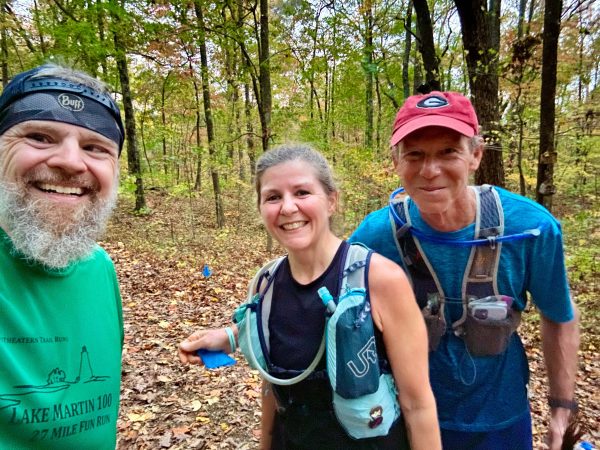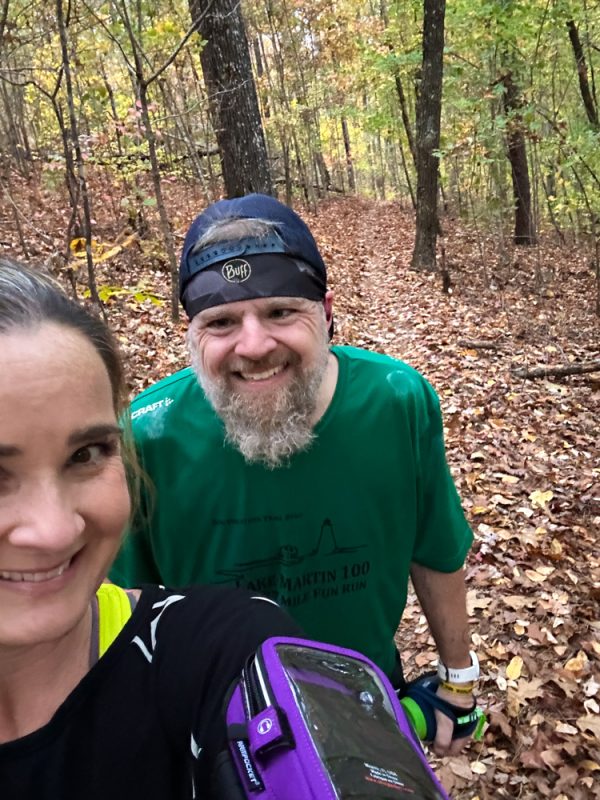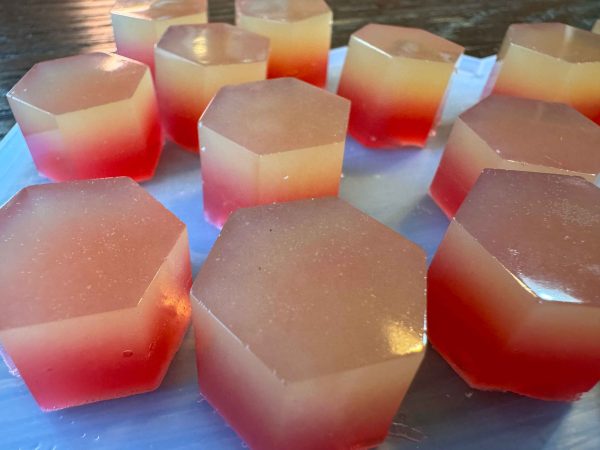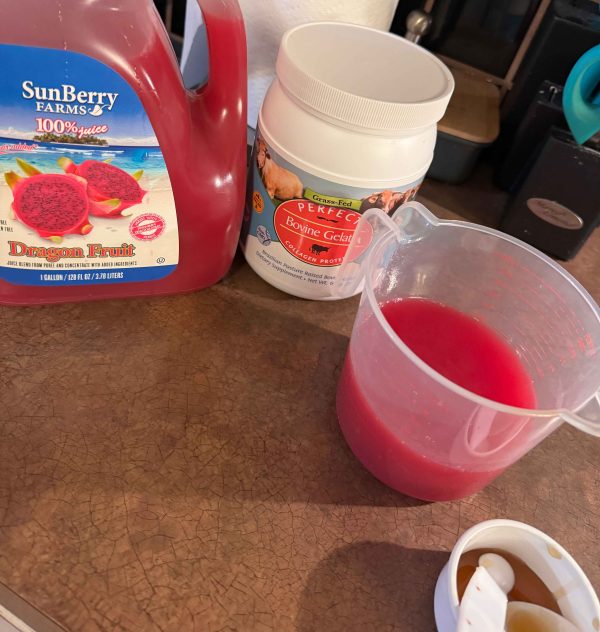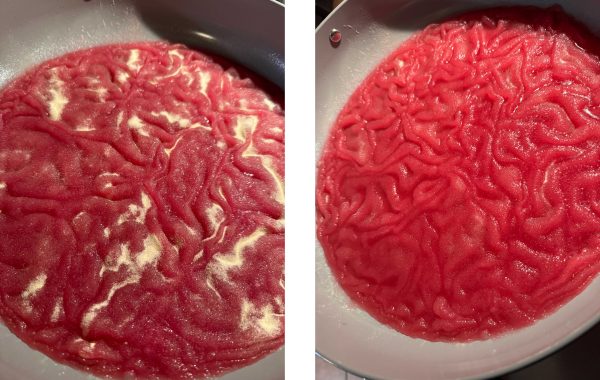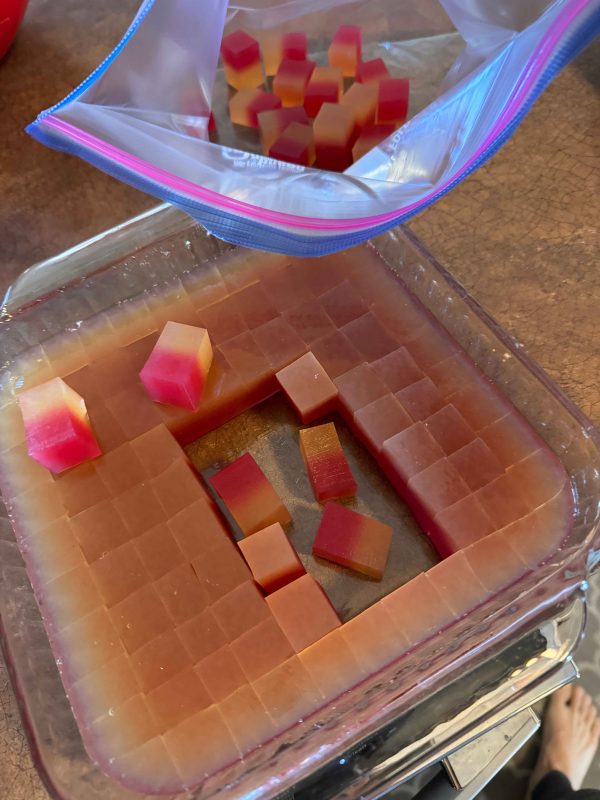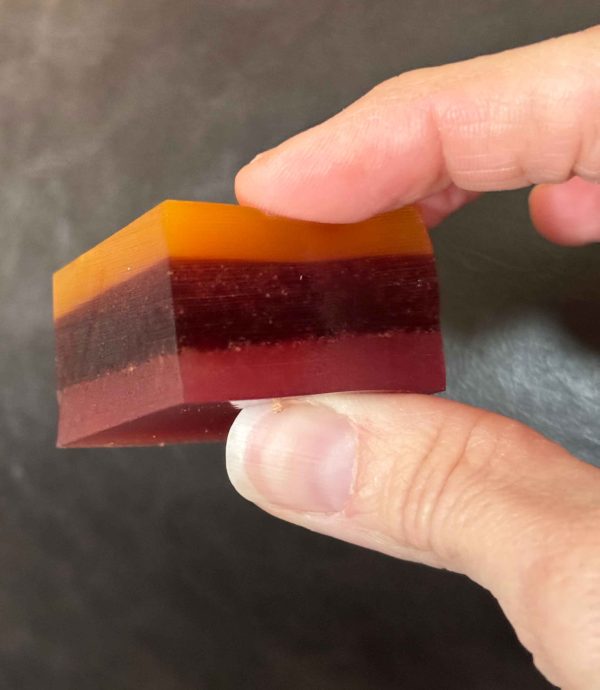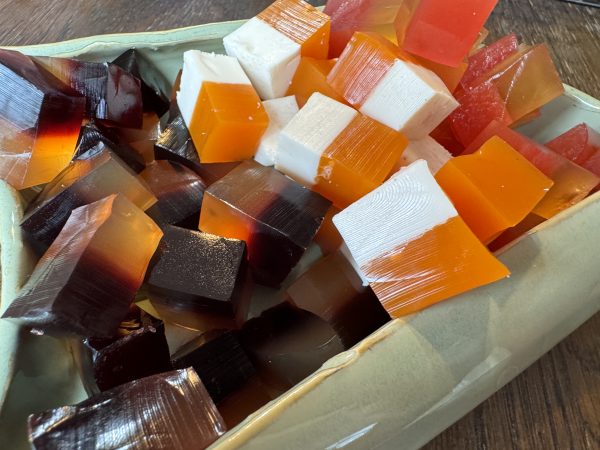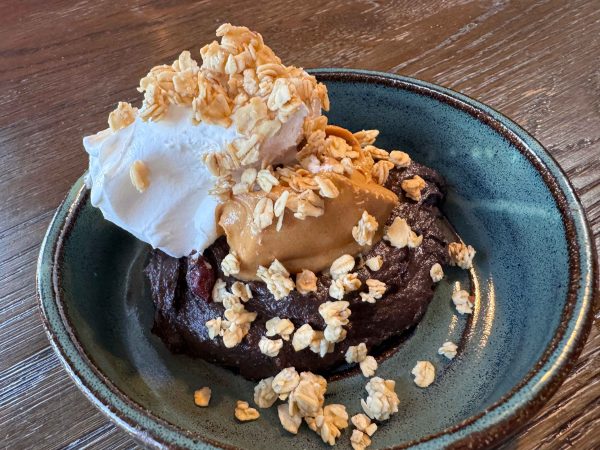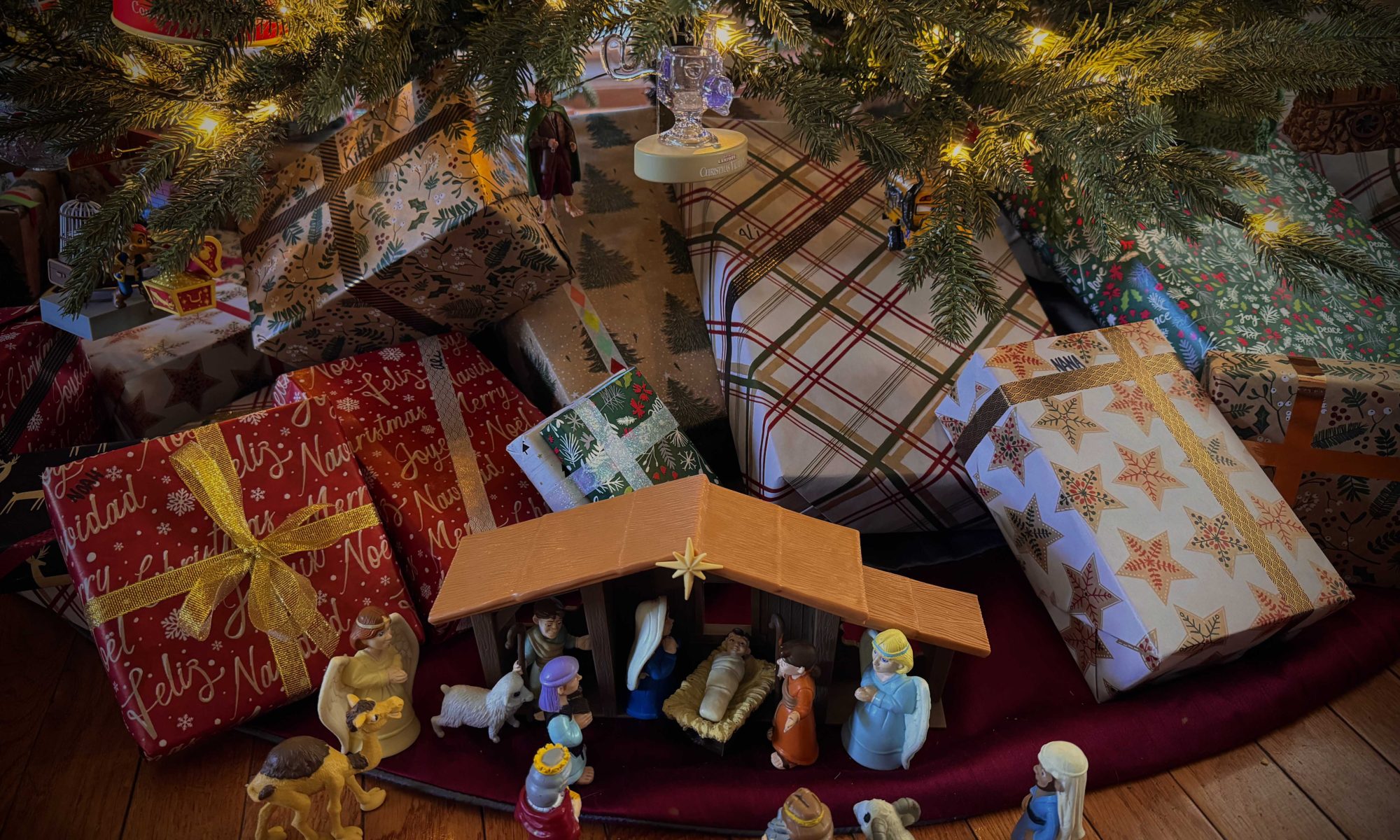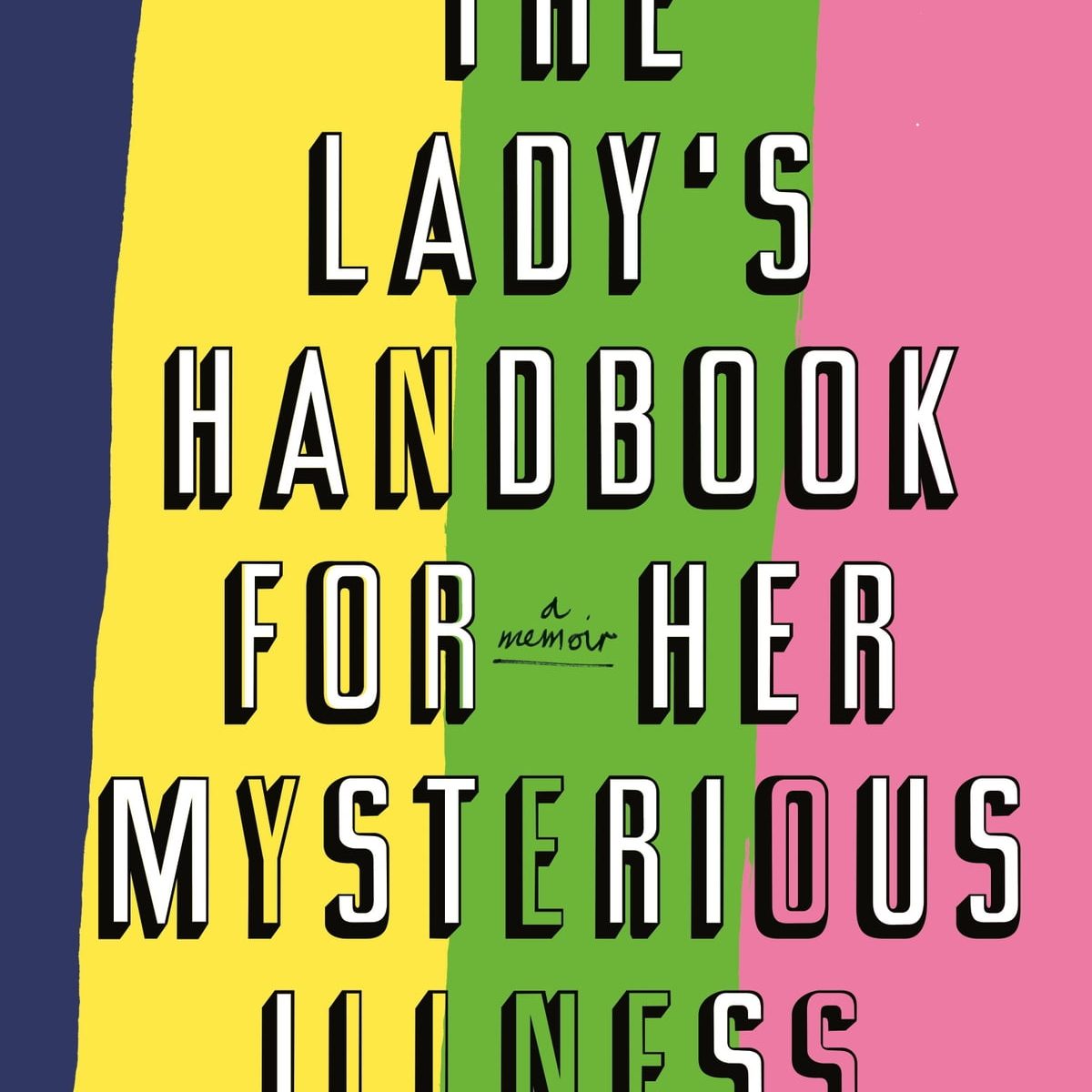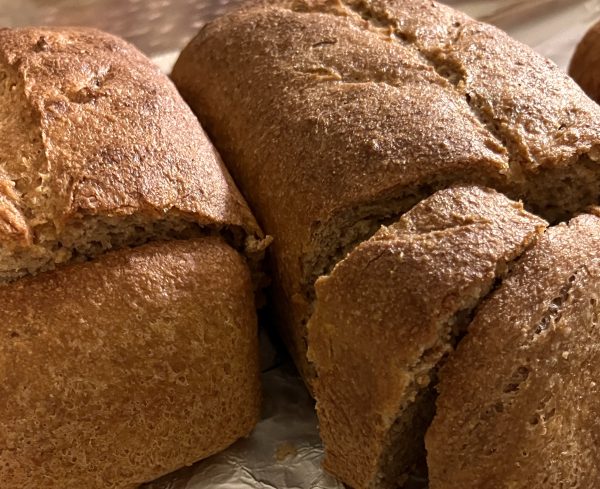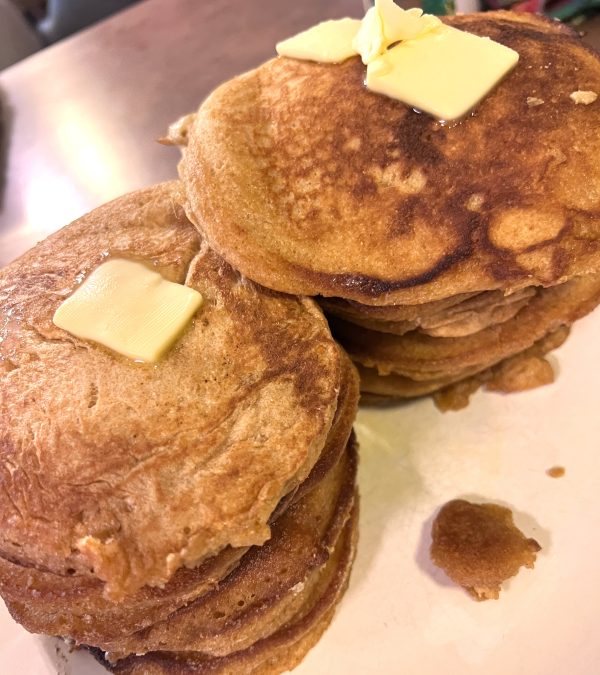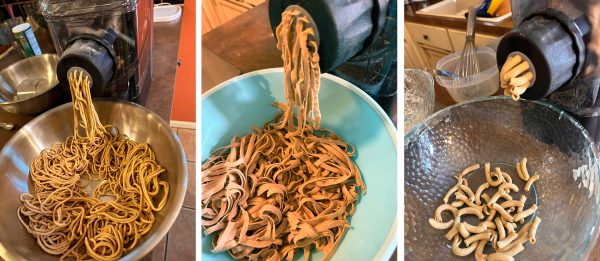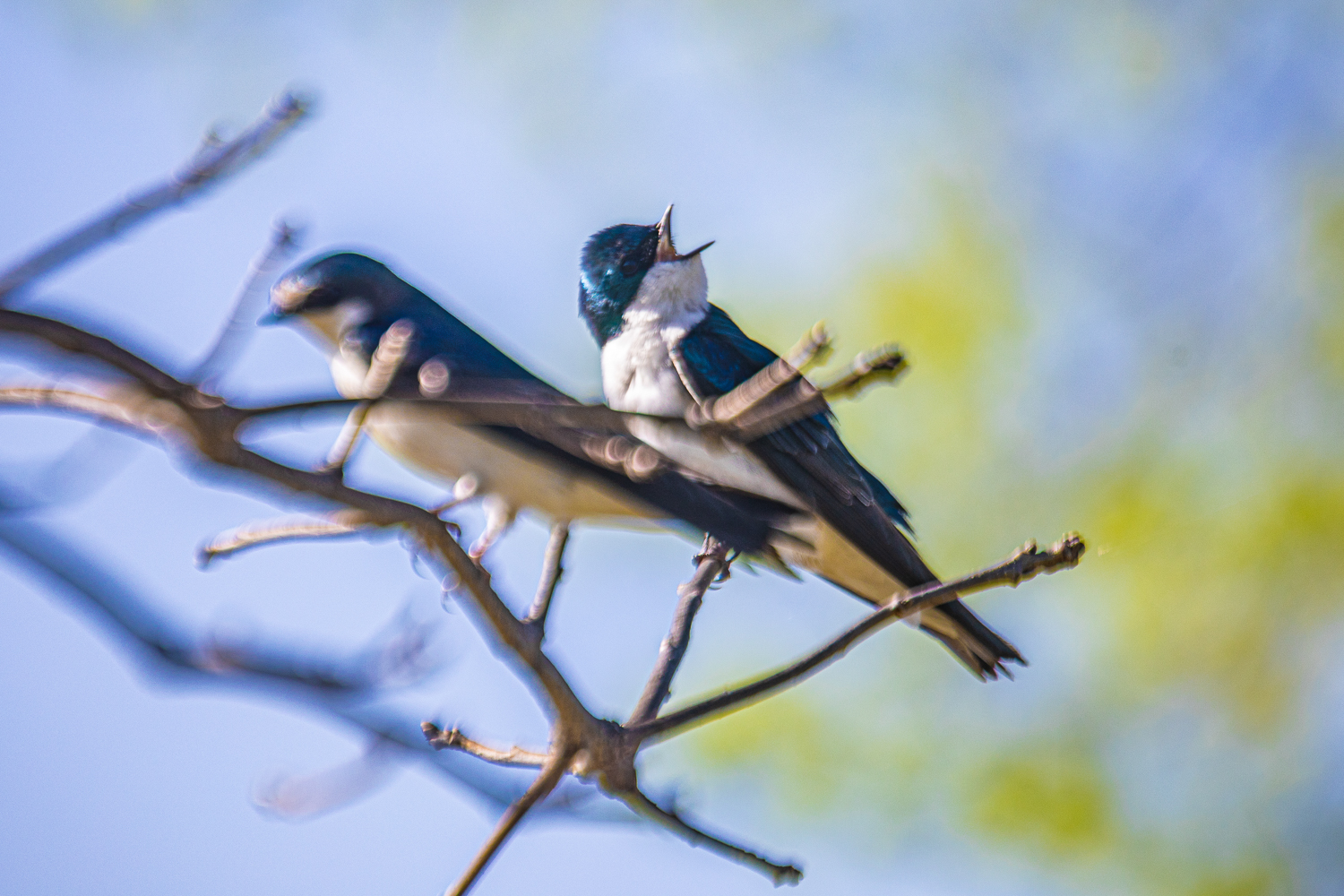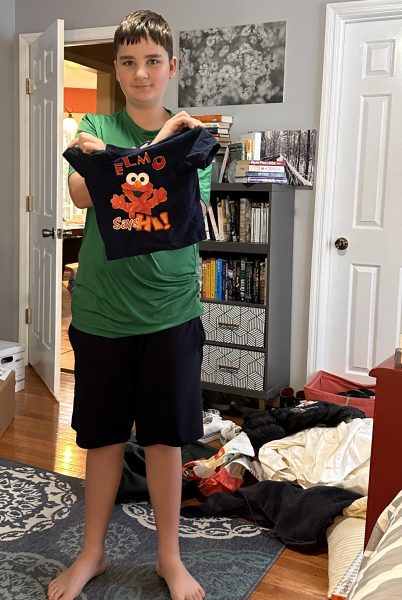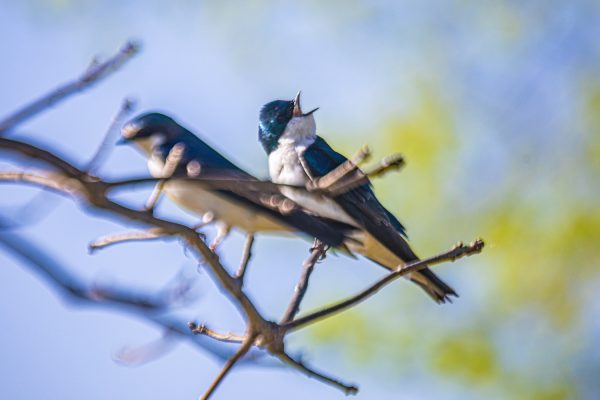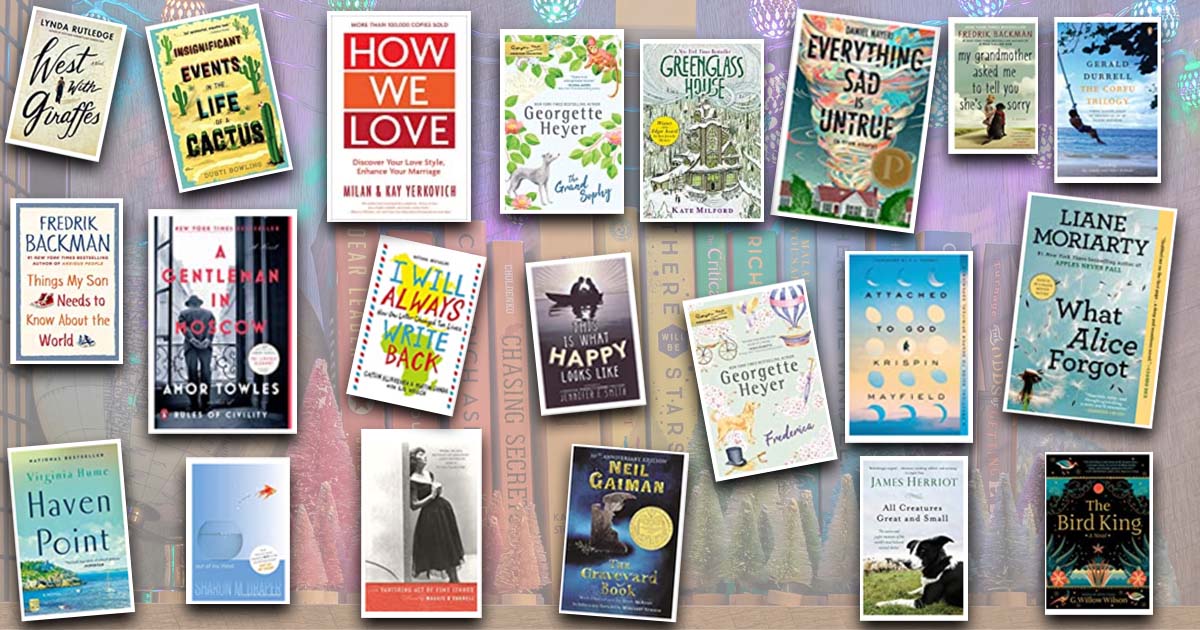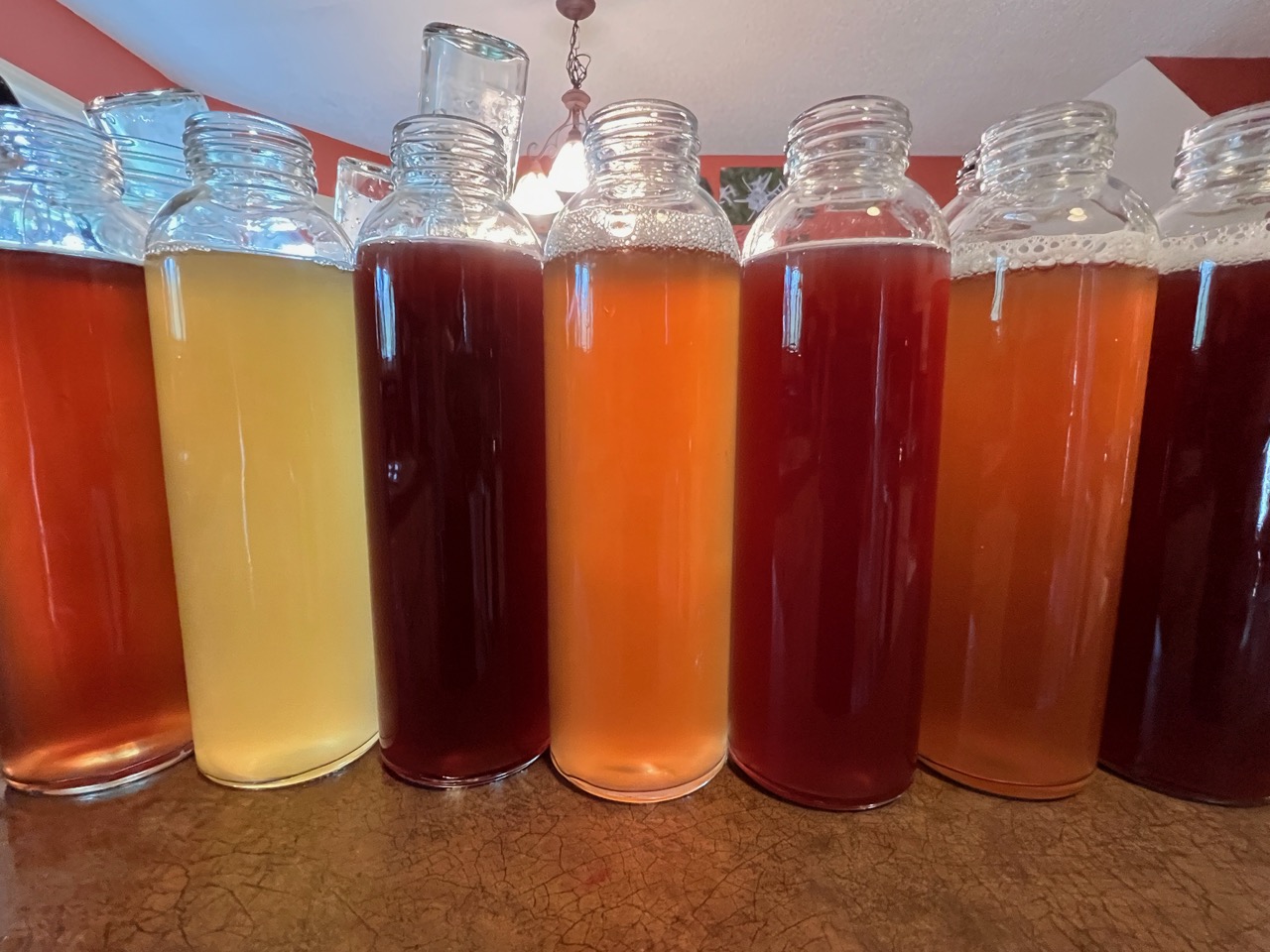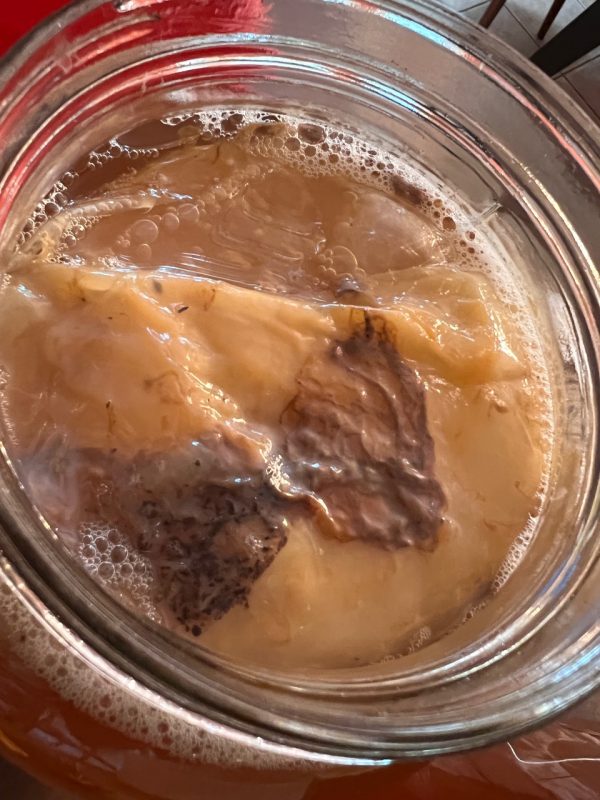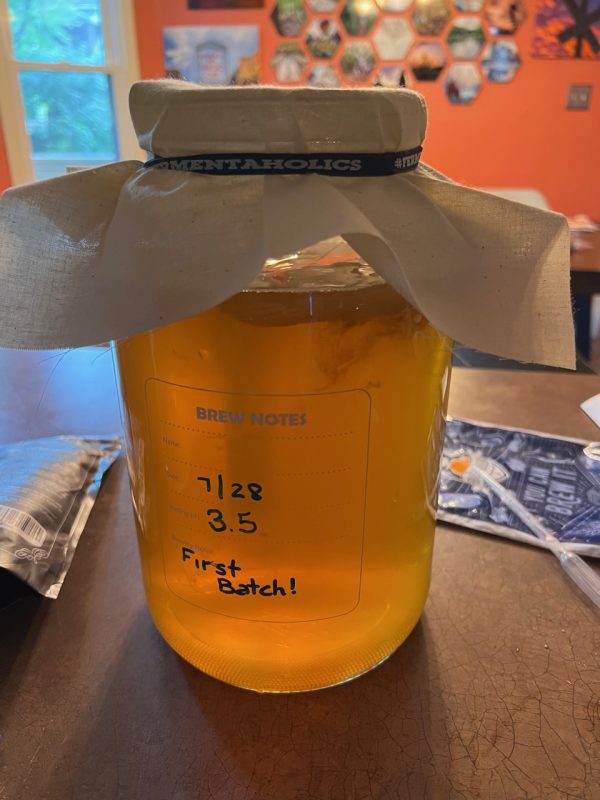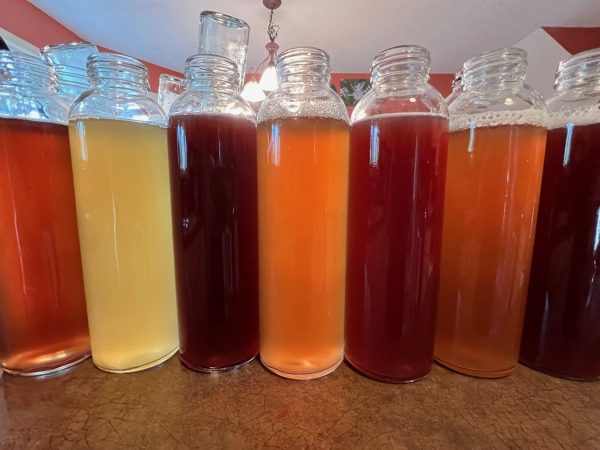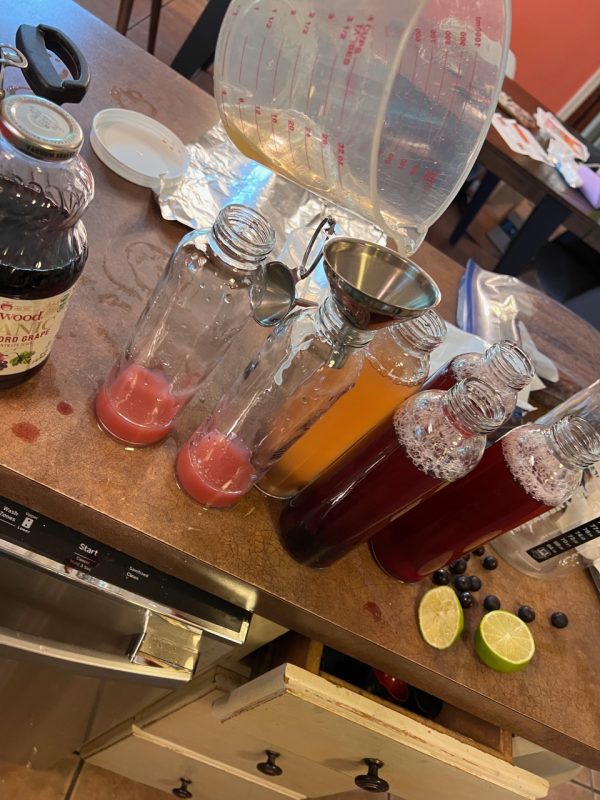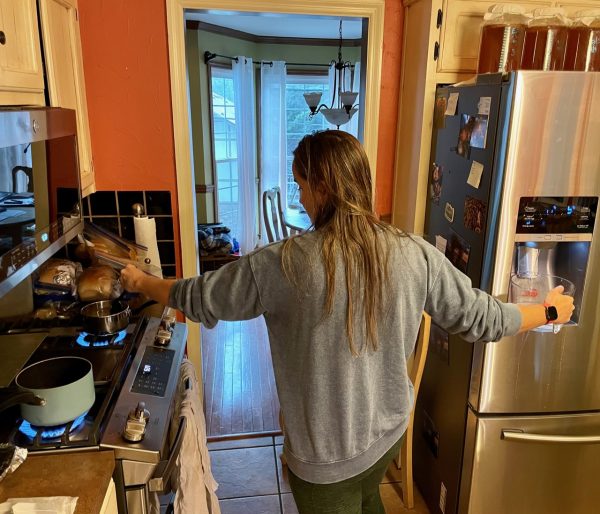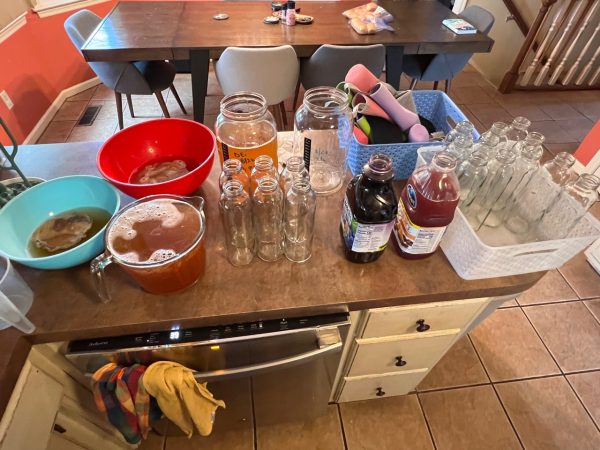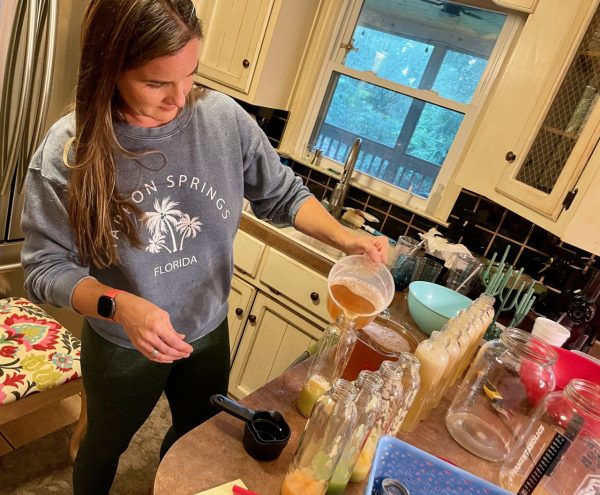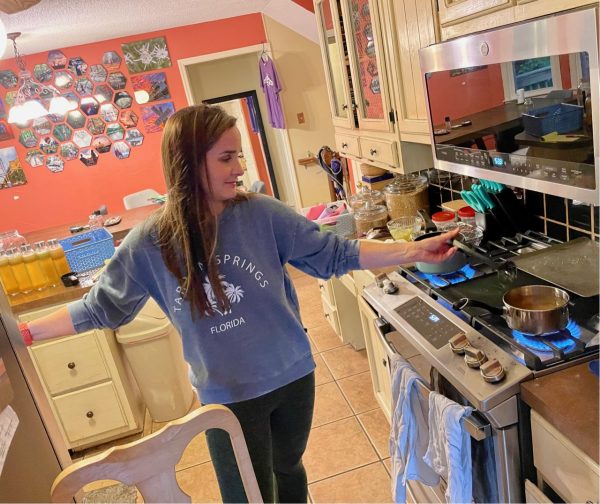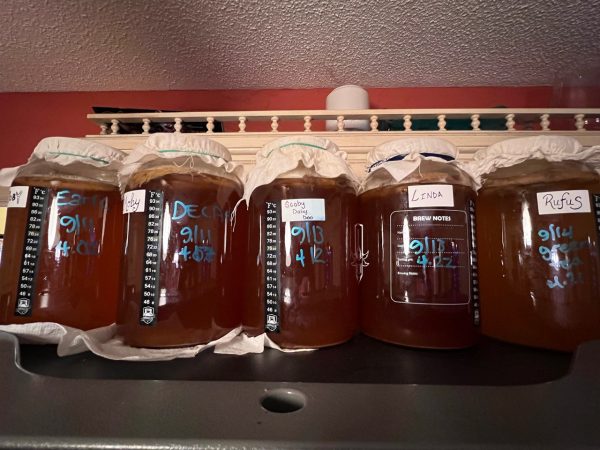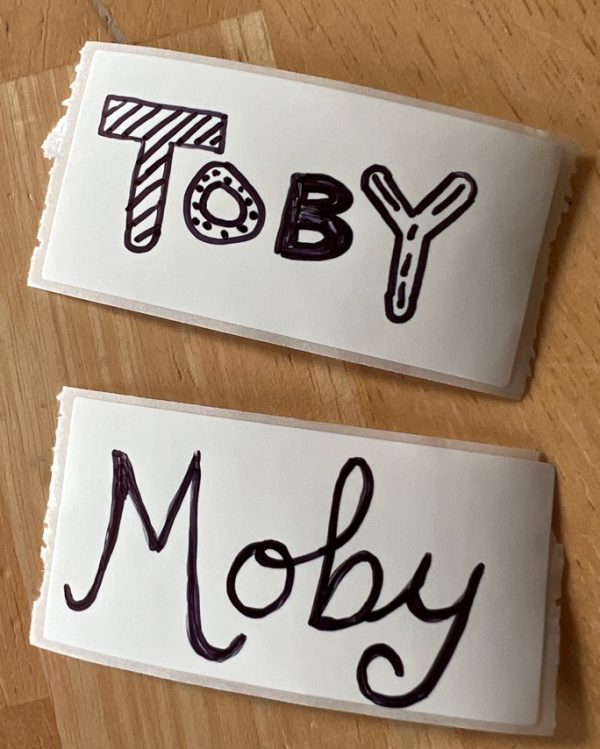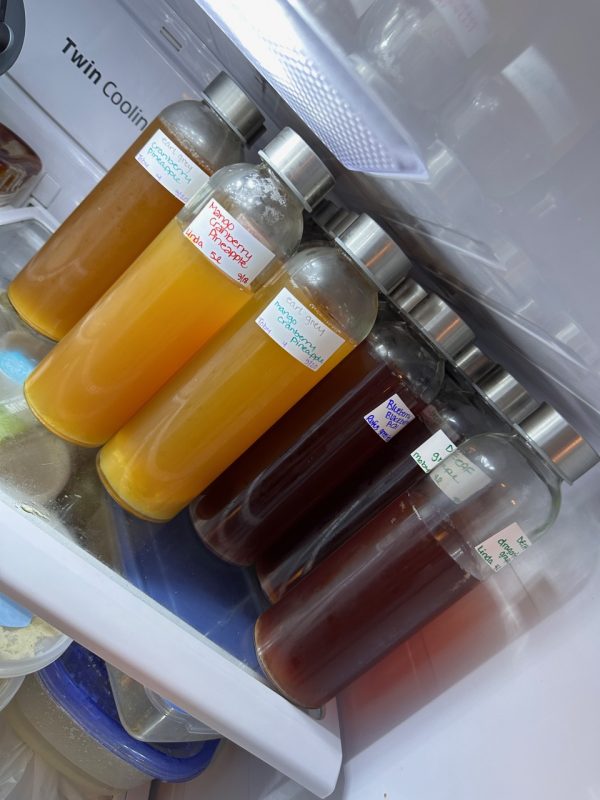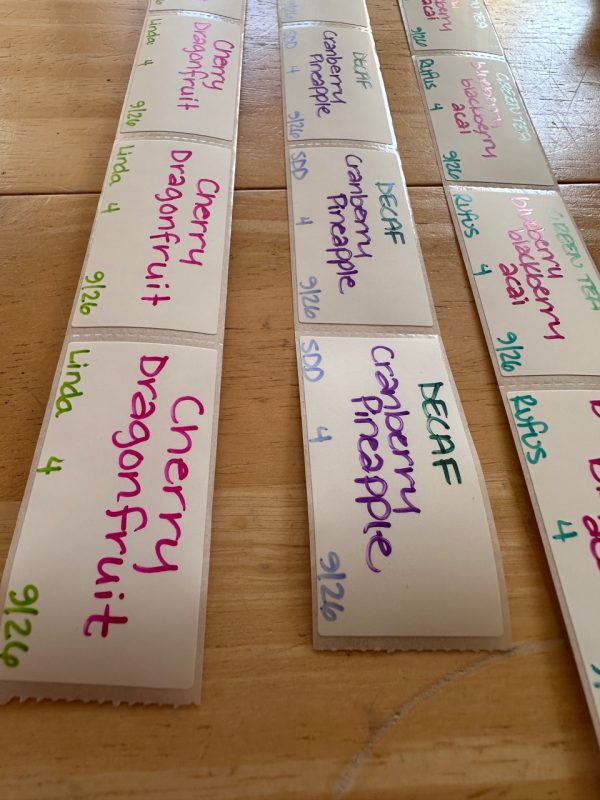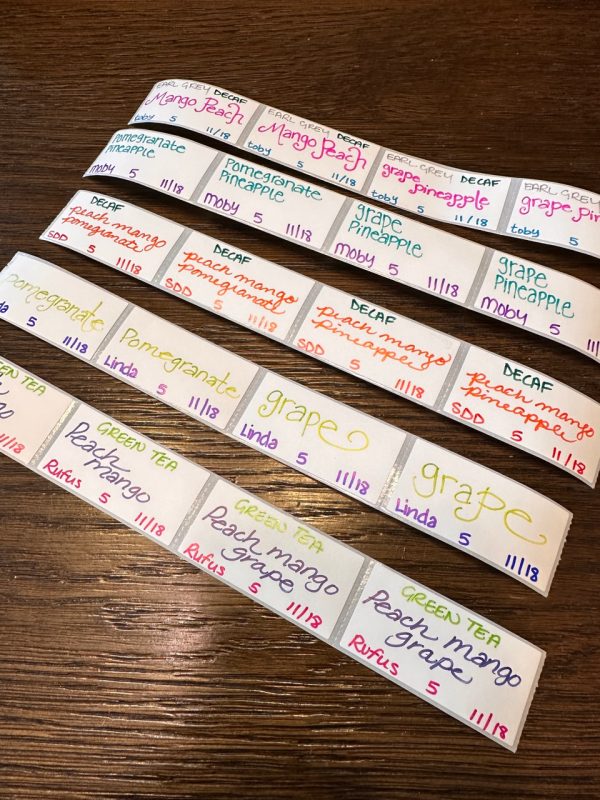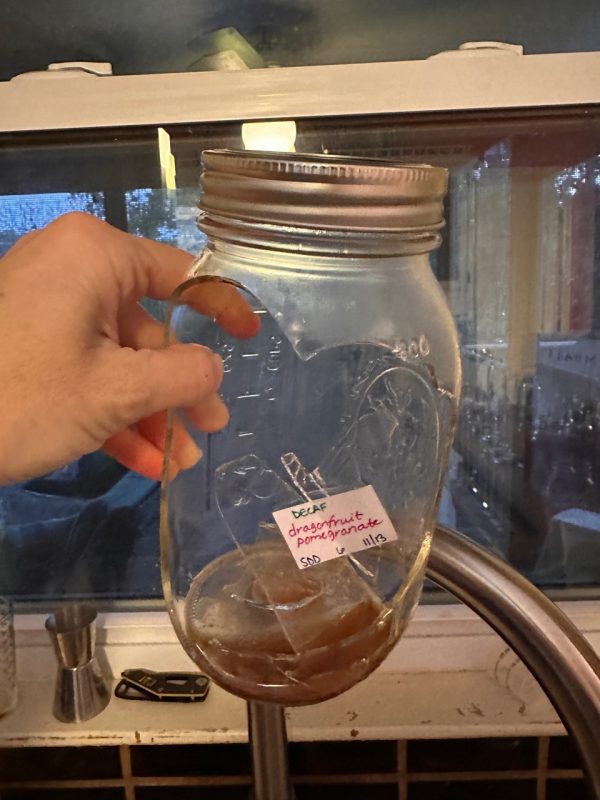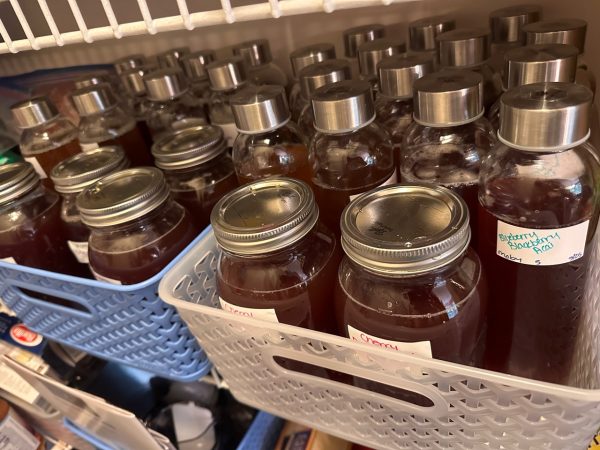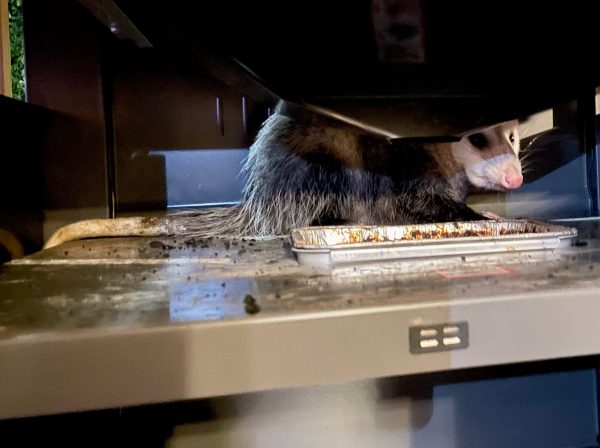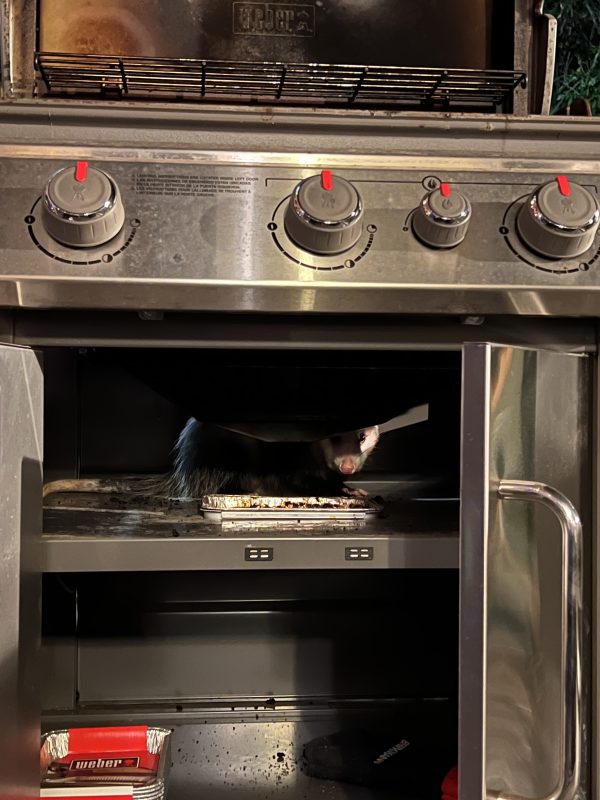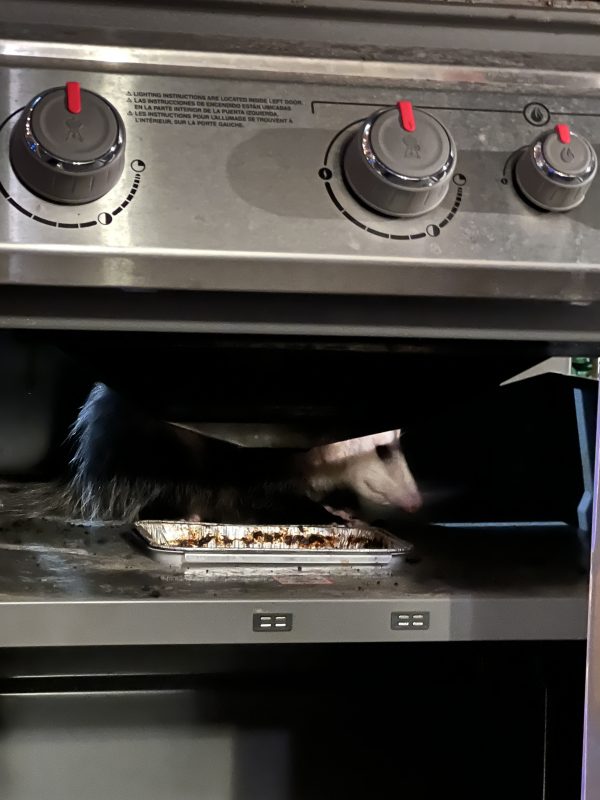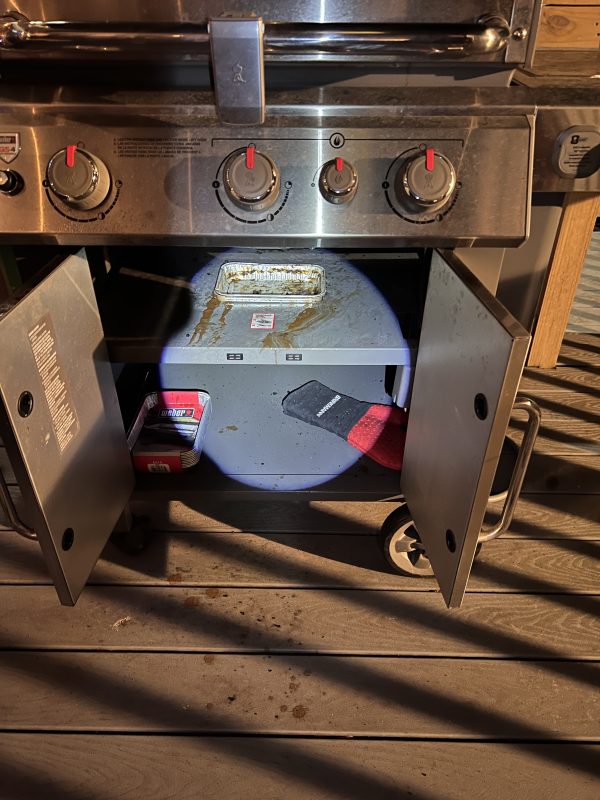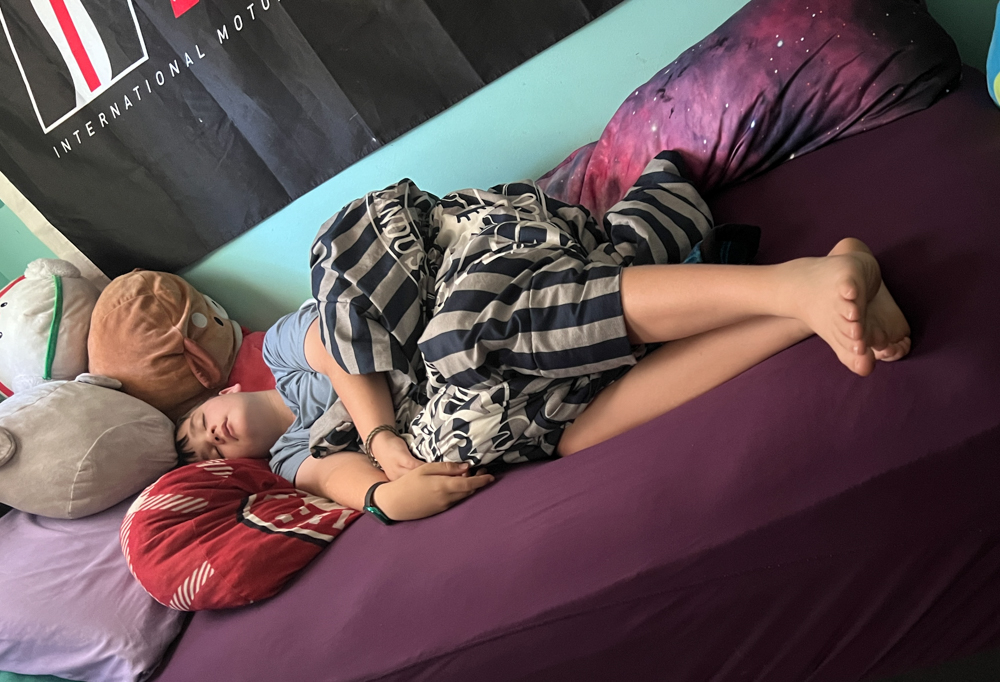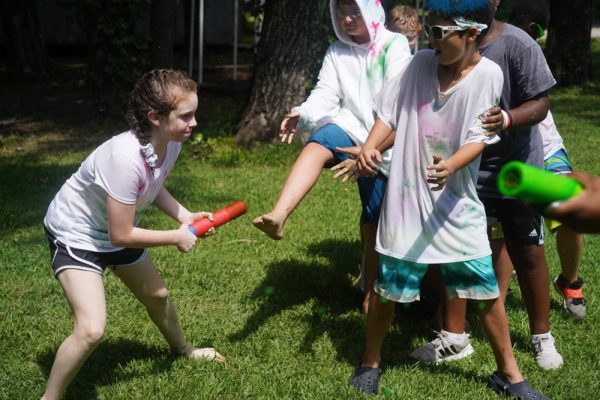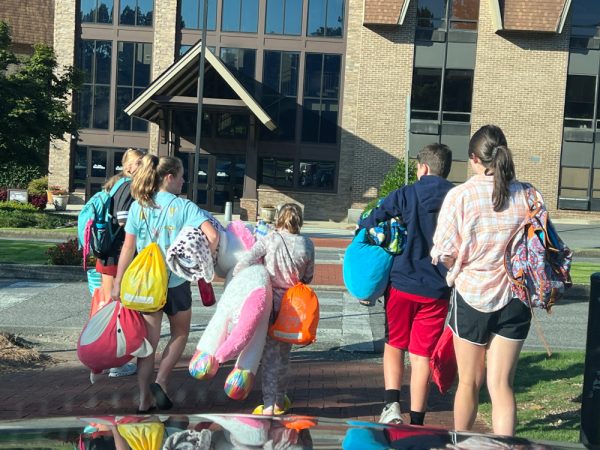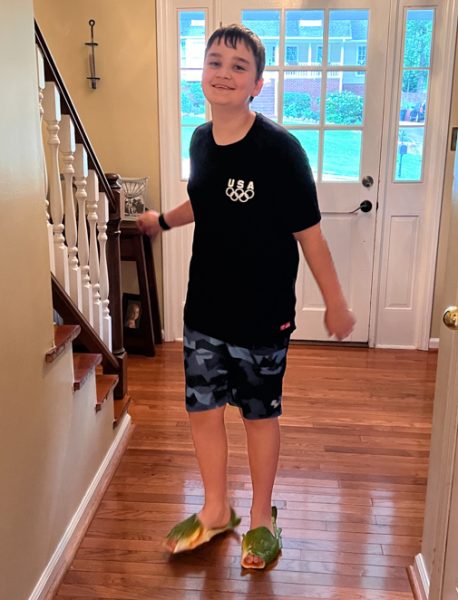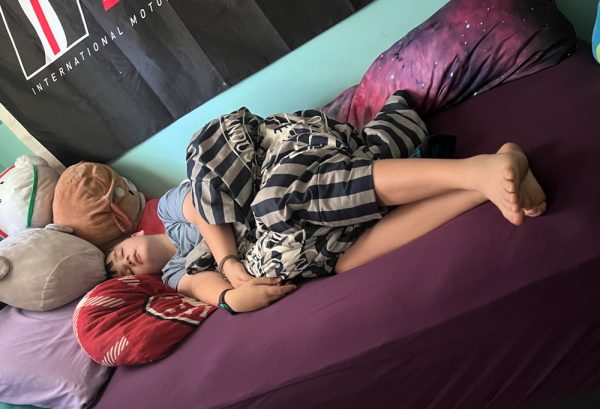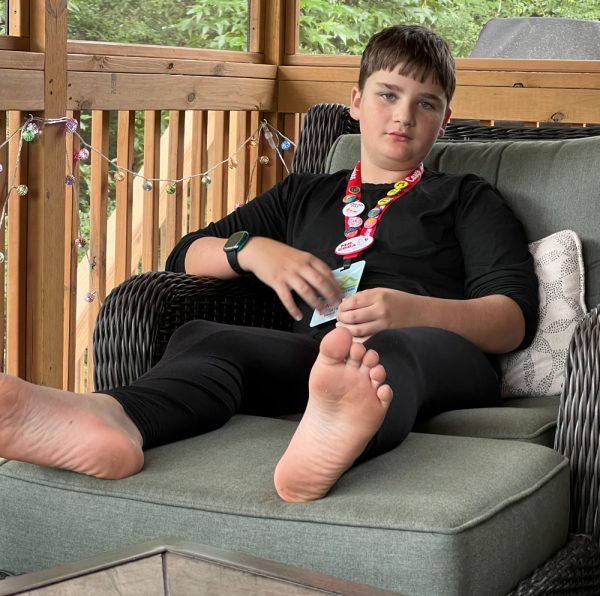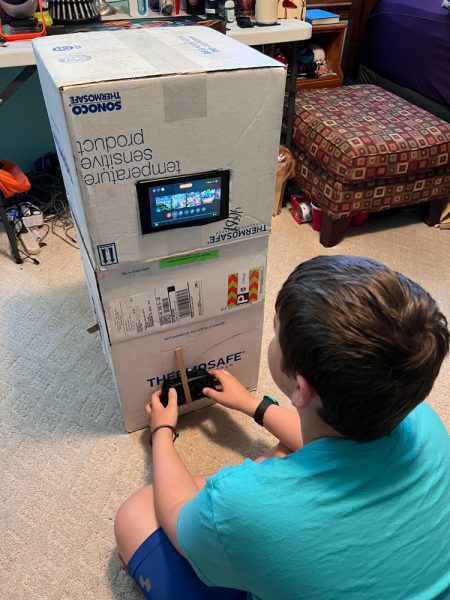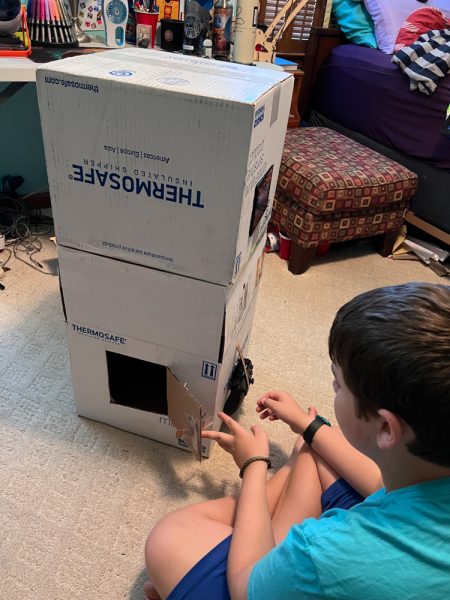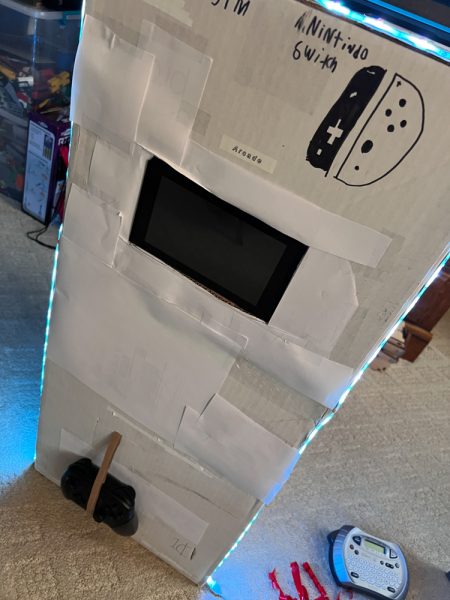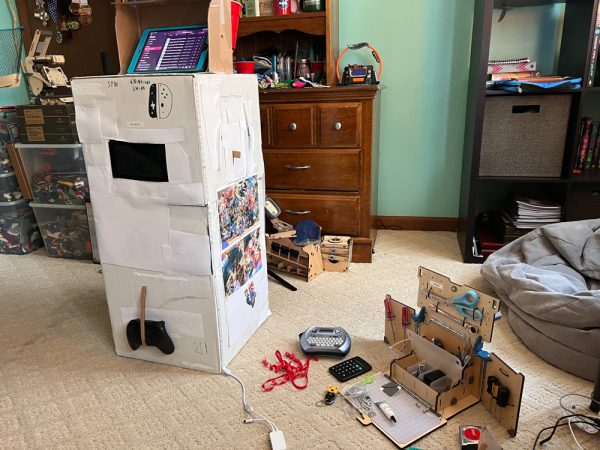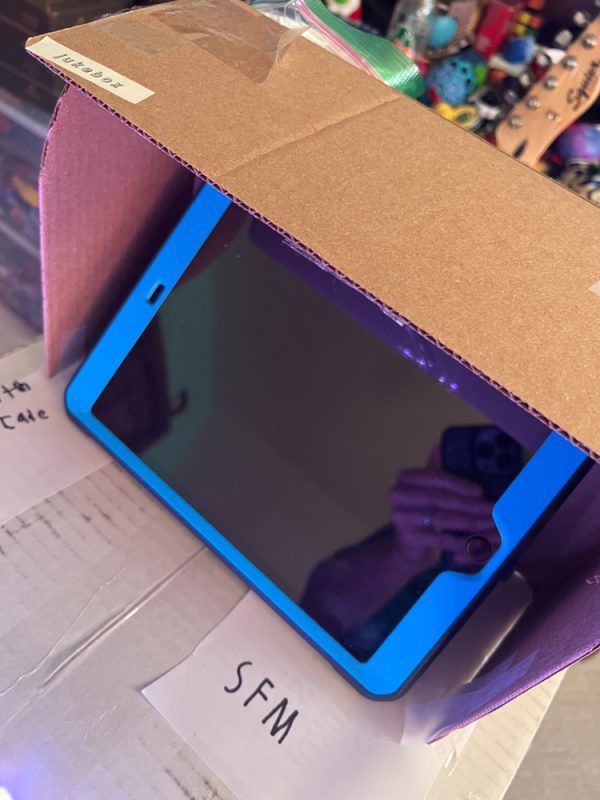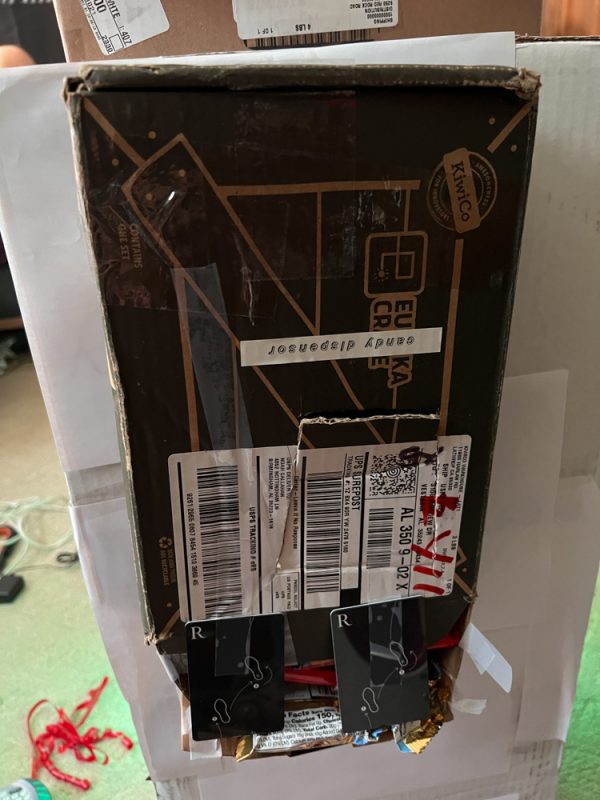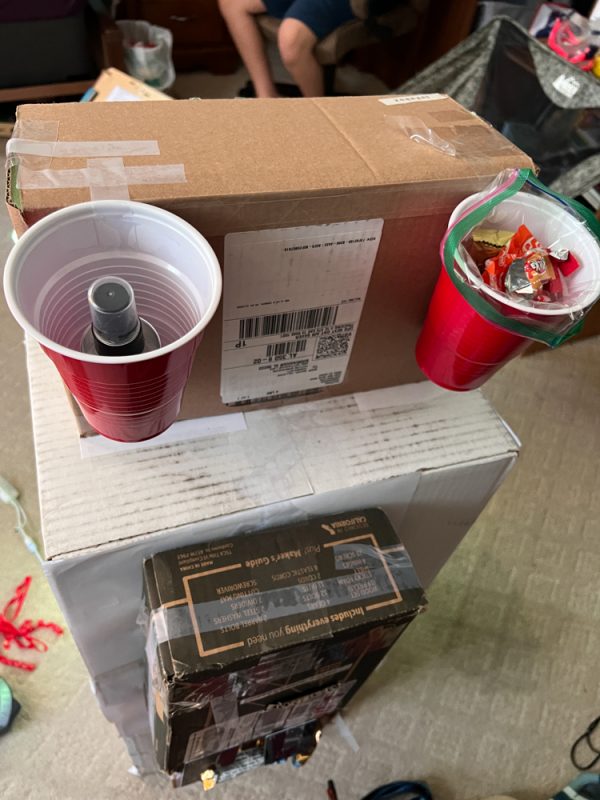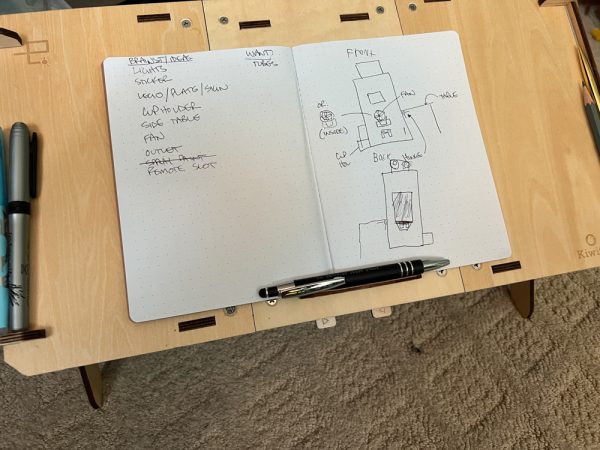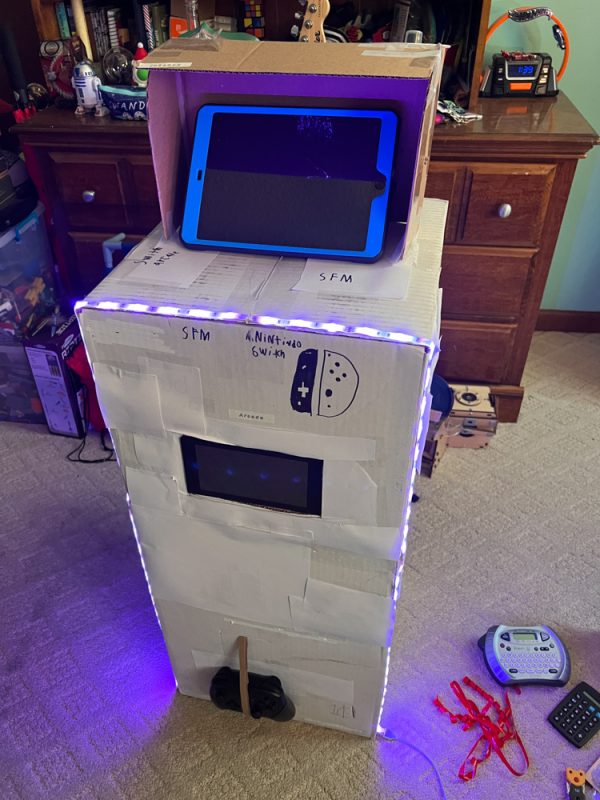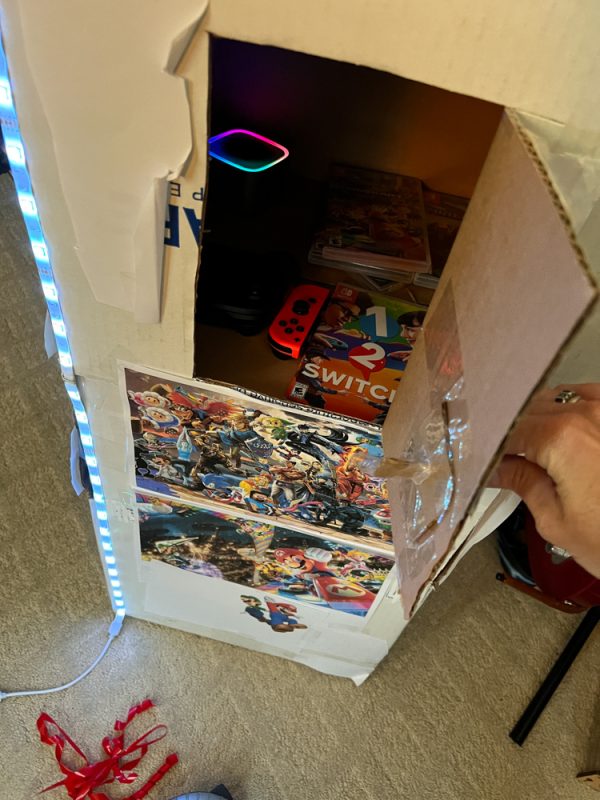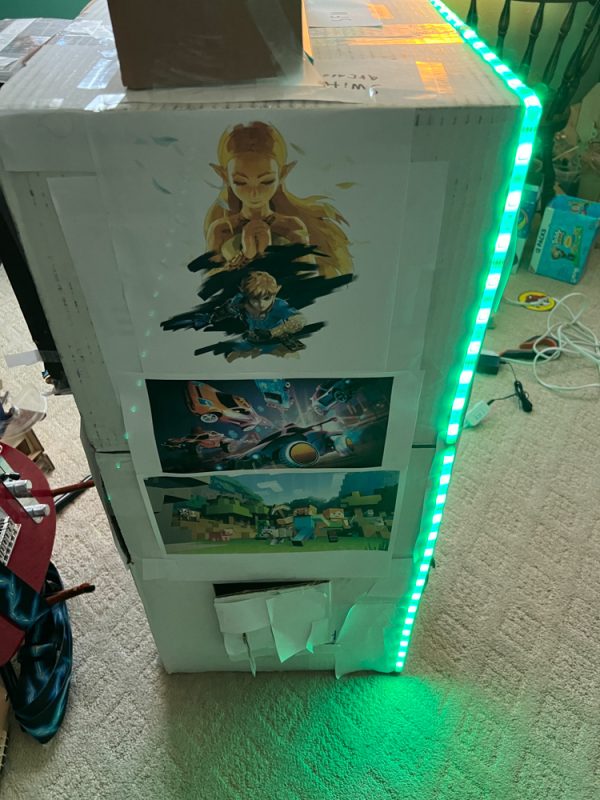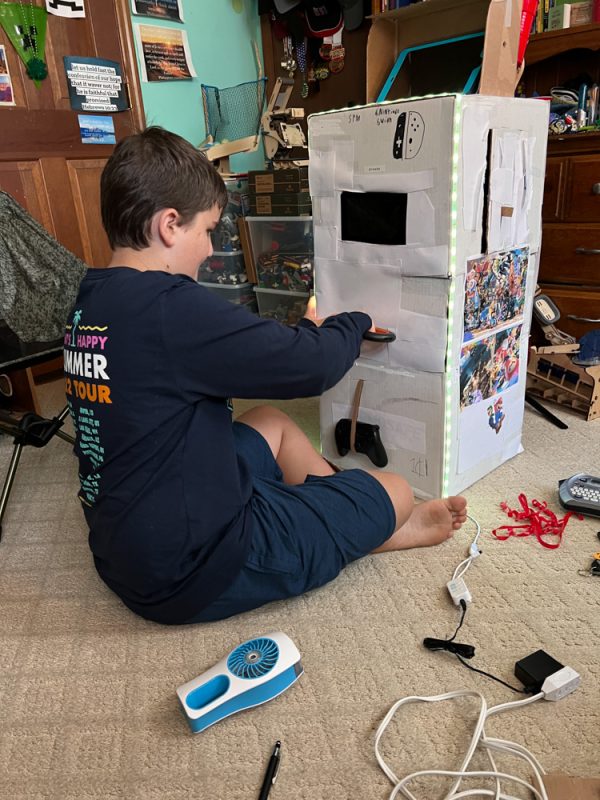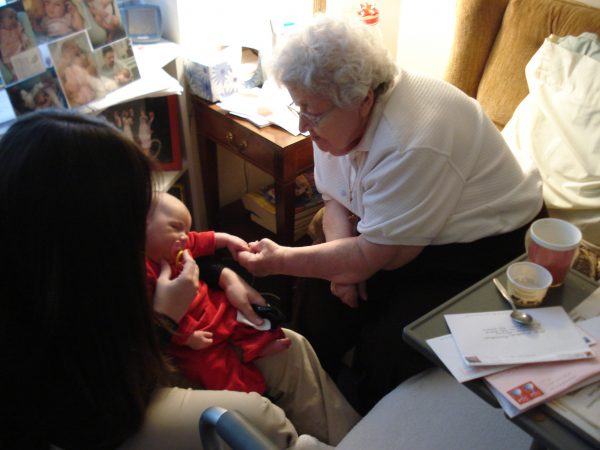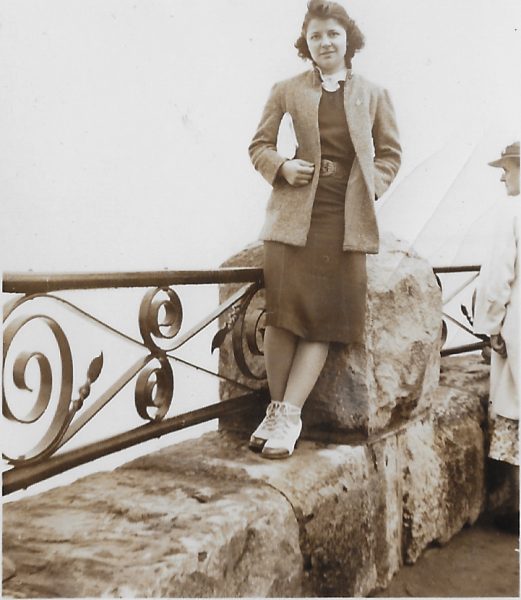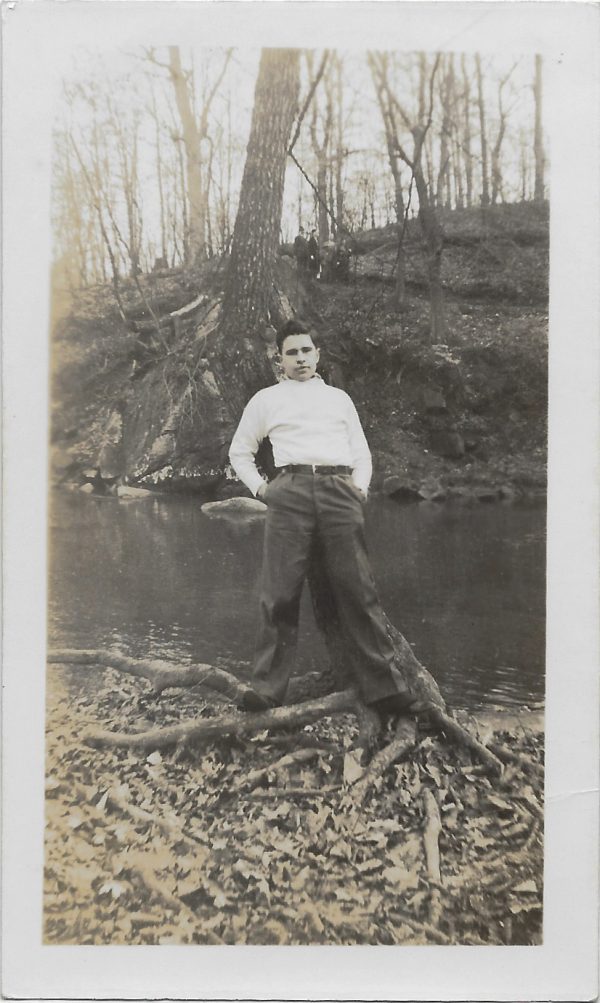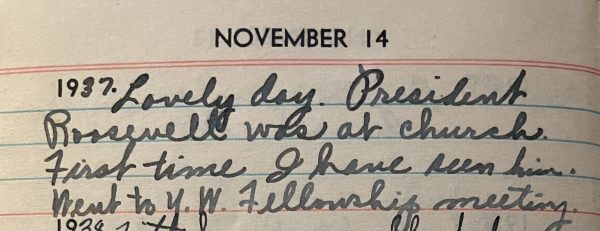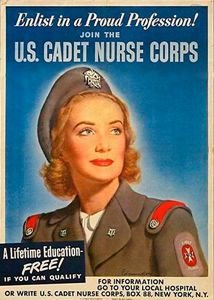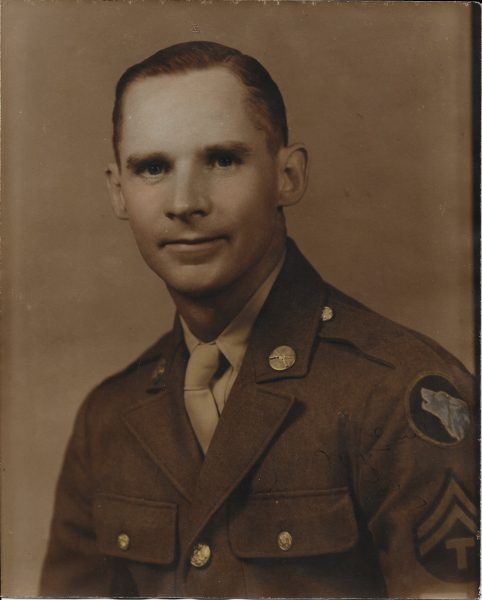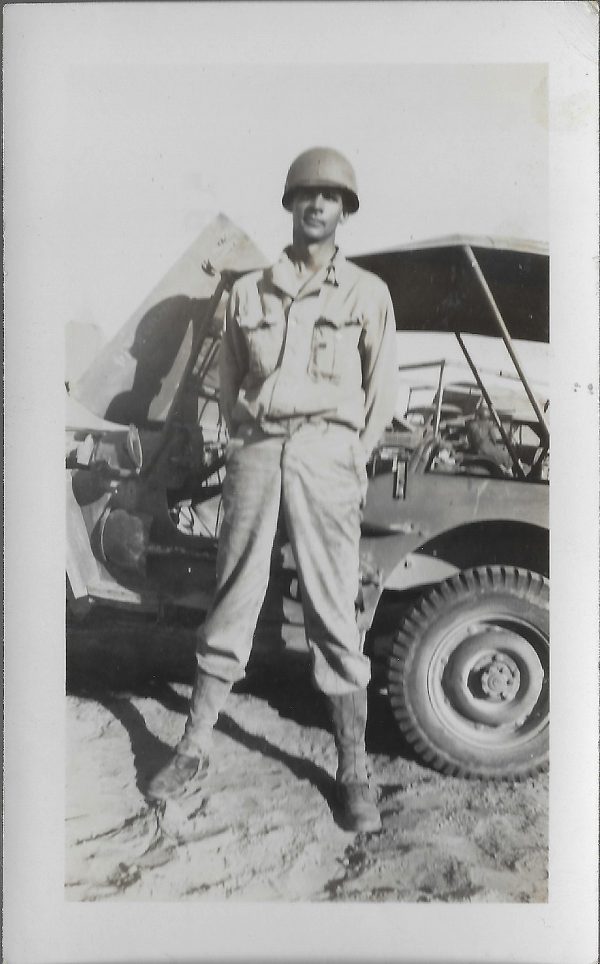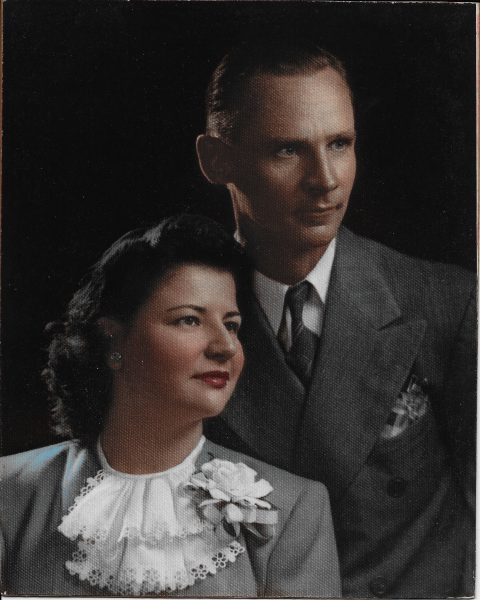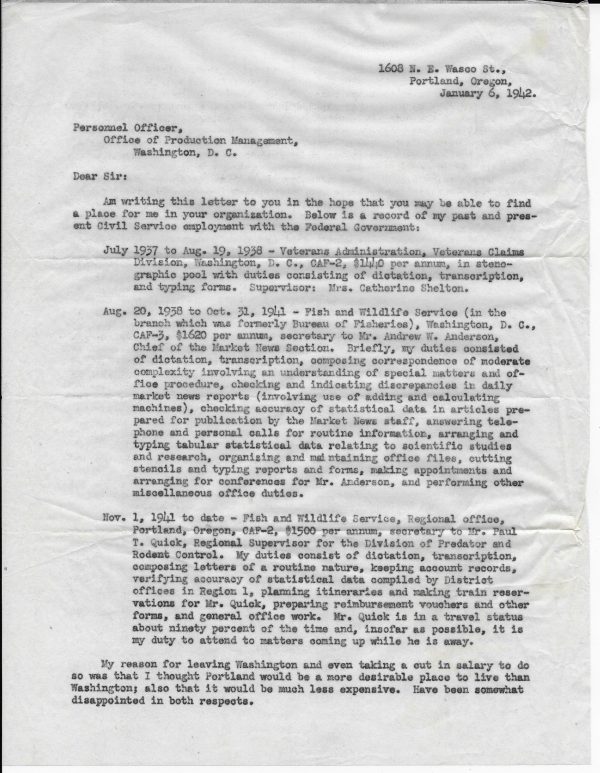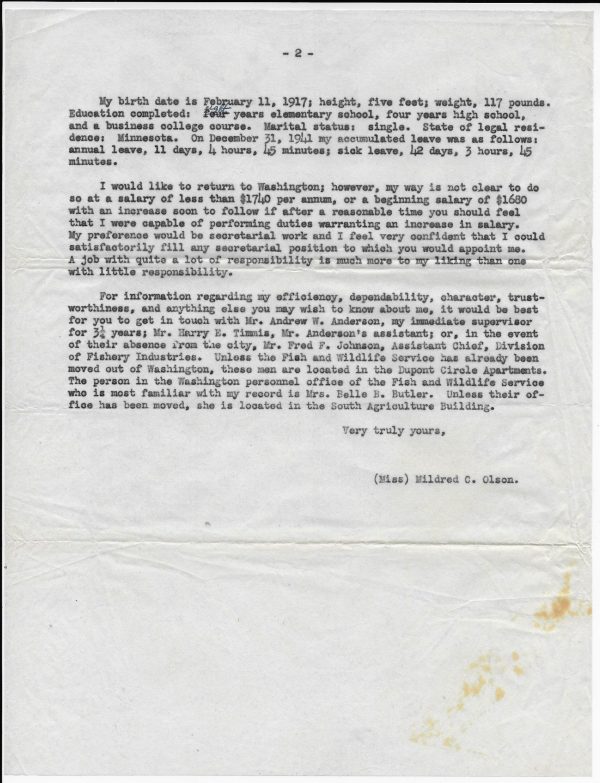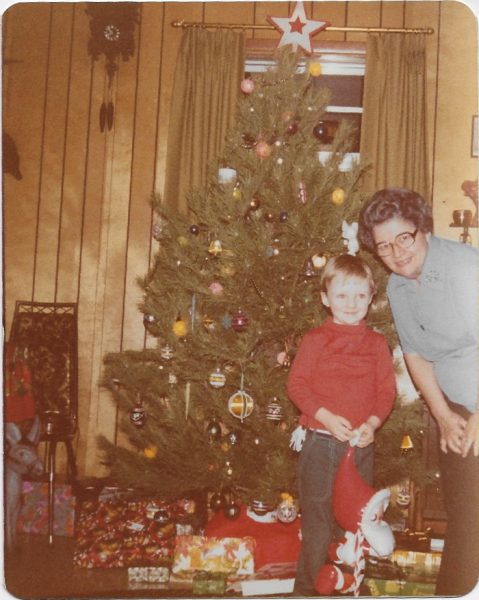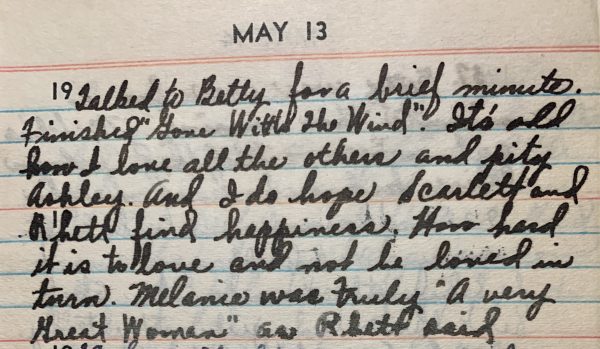Guest Post by Chris the Husband.
There we were, the five of us, unlikely comrades in an unlikely place – a dry-heaving, lost, and injured party – with one unlikely hero to save us all.
******
12 Hours Earlier:
I stood at the start line in the early dark. It wasn’t very cold – 60 degrees – but the wet blanket of humidity made steam out my breath anyway. I had trained for 9 months on hard terrain with a comprehensive strategy of speed, weight loss, elevation, heat, distance, equipment, nutrition, hydration, and preparation. I’d woken up almost yesterday, ridden a school bus 90 minutes from the finish line, and walked down a long dirt road to the start line. There were 200+ runners standing there with headlamps glowing, as the countdown reached 3, 2, 1.
This was the Pinhoti 100. A race not for the faint of heart. A one-way, 100.4 mile race through the rolling mountains of Alabama.
I took off quickly as planned, and slowed after the first two miles, so I didn’t get stuck in the narrow Conga line of crowded runners on the single-track trail.
The first morning light slowly brightened the cloudy sky in a way that dawn and sunrise were a murky mystery, but in any case, eventually the headlamps were no longer needed and got stuffed in pockets and packs.
The Talladega National Forest is a week or so past peak fall by this time, so many of the trails were covered in colorful leaves, completely obscuring the trail surface below. The line of runners churned the leaves in a dull roar like a nearby waterfall.
I arrived at Aid Station #1 (mile 7) feeling great, and off I jogged, eating and drinking and thinking about now. Run the mile you are in, as they say. Don’t get overwhelmed by the totality of the distance.
Since I had jumped out quickly, I often stepped to the side to let faster runners pass by, and then jumped back in behind them. The trails were narrow, often with a steep side falling away, so trail etiquette dictates that you allow others to pass.
When I got to Aid Station #2 (mile 13.8), I checked my times, and I was 15 minutes ahead of my schedule. I texted my upcoming overnight pacing crew to let them know it was going well.
Photo by Gordon Harvey
Then, less than a mile later, the unthinkable. I stepped a little too close to the edge of the leaf covered trail, my left foot slid down the hill and l landed on my butt with my right leg underneath me. On the short journey to the ground, between the rushing sound of moving leaves, I heard an undeniable cracking pop. I immediately hoped beyond hope that the noise had been a stick in all those leaves.
It had not.
I jumped up and started moving, with the white-hot burn of a freshly turned ankle. I turn my ankles sometimes. They burn for a few minutes, but you run it off. It’s fine. So I ran it off. But it didn’t go away. So I walked it off. But it didn’t walk away.
Five miles later, at mile 18.8, I came into AS#3 with bad news for my crew. I was now barely on schedule, moving slower than I planned, working through this slow-to-ease ankle problem.
I bummed Advil from a crew husband nursing his wife’s split bloody knee and kept going. It got worse. I was using my leg muscles differently to compensate for the ankle, and along with the humidity, I got leg cramps in places I’d never had them before. The cutoff time cushion continued to shrink.
At AS#4 (mile 23.2), I updated my crew again. I was only 20 minutes ahead of the cutoff, as it was relentlessly gaining on me like the Nothing in The Neverending Story. I asked a friend if they had any medical tape, but they did not. I moved ahead.
When I reached AS#5 (mile 28.2), I had gotten to my first drop bag, where I had been able to stash my own supplies. I opened the bag and nearly cried. There were two kinds of medical tape and an ankle brace in my bag that were not mine. HOW? Somebody had found out, communicated to somebody else, and then delivered this stuff to me in time. (I have since discovered my trail angels and thanked them profusely.)
I was only 10 minutes ahead of the cutoff, so I had to decide quickly what to do. I taped my ankle furiously and it did NOT appreciate it. It was no longer a coming and going pain, but a constant one as I squeezed and immobilized it. A volunteer retied my shoe, I refilled my fluids, and away I went, only 5 minutes before I would have been cut from the race for time.
I hobbled while I ate and drank and took a look at my time chart. The next aid station was 8 miles away, up and along Blue Mountain. I’d have to get a lot faster to make that cutoff. But I couldn’t get faster. I experimented with running gaits, but the ankle was being an uncooperative jerk and the overcompensating leg muscles would always seize up. I did the best I could with fast hobbled walking and took very careful slow steps in and out of creeks and over obstacles. It was the only gear I had left.
The miles and the minutes ticked by. But I knew. My crew knew. This was it. The last section. I wouldn’t make it past AS6 (mile 36.2). Toward the end of that section, I was getting in and out of creek crossings on my hands and knees, wrecked from the waist down, and as I would come to find out later, with a torn ligament that will take a few weeks to heal, not a few more miles.
And that’s where the adventure started.
******
The Blue Mountain section was the prettiest I had seen yet. The past-peak fall was slower to arrive here, so there was more color on the trees and less on the trail. I soaked it up – the moment, the experience.
It was beautiful, even with the disappointment and the pain and the frustration. I wasn’t leaving here with any regrets. It was a freak accident. It happens.
As I pondered all these things in my sad little heart, moving slower and slower through the woods, I thought I heard voices. I stopped and listened. Hmmm.
A bit later, out of the corner of my eye, I saw two people coming around a bend way behind me. Either they left the last aid station right after me, or they were random hikers. Either way, they were about to pass me. But they did not.
I would stop to get in and out of a creek, and they would stop.
I would stop to rationalize my life choices, and they would stop.
Ooooohhhhhhh.
I called out to them.
“Are y’all the sweepers?”
“Yes.”
“We all know I’m not going to make it in time, so if you want to go ahead…”
“Oh, we have to stay behind you. We have to make sure you finish the section.”
“Right. I’m so sorry!”
I felt slightly guilty holding up these volunteers who were there to pick up course marking flags and making sure no one got left in the woods, until we caught up with RPG.
I walked up on another runner lying on the trail, wearing a rain poncho (it wasn’t raining), vomiting into the hillside. Well, not exactly vomiting. Dry heaving.
“Hey buddy. You okay?” As if.
“Yeah, I’ll be okay.”
“You need anything?”
“No.”
“Well, just so you know, the sweepers are right behind me. We’re about to time out.”
“Oh, hell.”
Poor guy, henceforth referred to as Retching Poncho Guy. RPG.
******
We were a fine pair, me and RPG. He did get up and keep moving. He would catch up to me when I was crawling through creeks and over big-stepped obstacles, and I would lose him again going uphill when he’d have to stop and attempt to further empty his long-since empty stomach with an agonizing heave. The sweepers kept a short distance and all together we made a lovely parade.
Unbeknownst to me, once my crew had unanimously concluded that their evening plans were freed up by my tragedy, Rachel headed east to see about extricating me from the middle of nowhere – as this is a one-way race, I would be finishing my 36.8 out of the total of 100.4 miles over an hour’s drive from the finish line where my car was waiting. She texted and searched and found the remote six-mile dirt road she needed to drive up to come get me at AS#6, which is not crew or even car accessible. She hiked to the aid station, then hiked a mile and a half down the trail towards me, passing a sad line of timed-out racers limping toward the early end point of their journey. Finally, at the back of that Corridor of Grief, she found not only me, but RPG.
*RPG not pictured due to a dry-heaving break.
Our now-party-of-five (Rachel, me, RPG, and the two sweepers, keeping a polite distance) trudged in the quickly waning daylight.
RPG, between his heaves, realized that I had something he did not: a ride.
“Can y’all take me with you?”
“Umm, sure. What’s your name?”
Rachel helped me, her hobbled and filthy husband, onto a seat cover in the front seat. Into the seat behind her went RPG, with the seat leaned back, the A/C on full blast, a makeshift blanket over his shaking body, and a request for him to tell us to stop if he needed to lean out of the car, particularly on this overgrown, rutted, rocky dirt road that would jiggle us all for many slow miles.
To get out of her makeshift parking space, Rachel had to make a 20-point turn, all with the reeds so high that they were continuously setting off her overly-paranoid car’s motion-detection sensors. RPG groaned through each one. I attempted to mansplain how she should get out of her extraordinarily tight and dirty parking spot. She did not appreciate it.
“Just close your eyes. I’ve got this.”
“Close my eyes. That’s something I can do.”
We started down the long, bumpy, dirt road, now in the dark.
******
Half a mile down the road, enter stage left, Nicole and Sage. Amateur hikers, to say the least. They turned hopefully as they heard us coming.
Nicole and Sage were having The Epitome of A Date Gone Wrong.
Rachel had met them earlier, along the Corridor of Grief as she had hiked toward us. They had stopped her and asked for help, explaining that they were from Georgia, had started hiking about ten miles ago, turned around not long ago after realizing they “didn’t know where this trail ended up”, and in the meantime, Nicole had suffered an asthma attack, but seemed to be rallying. Sage was, it turns out, a bit of a misnomer.
Nicole and Sage were dressed for Logan’s Roadhouse, not the Pinhoti Trail. She had a purse (with no food and apparently one long-ago drank water bottle), and neither of them were wearing or in possession of any hiking gear. Their phones were dead, they had no flashlight, it was now past sunset, and they were miles from their car – a car whose location they were not exactly certain of.
Rachel had told them earlier to go back to the aid station and see if anyone there could give them a ride. If they were still there when she got back, she’d see if they could help.
The fact that when they didn’t find a ride, they simply started hiking down the six-mile dirt road that led away from where their car might be, and into miles and miles of nothing, all but guaranteed them a full night in the wilderness of the Talladega National Forest. If Rachel didn’t pick them up, that is, in direct contradiction to all of her mother’s lifelong warnings about picking up (hitch)hikers. But …
******
Rachel said “Oh my GOSH NO. It’s the Hapless Hikers. I’m sorry guys. I have to pick them up.”
RPG groaned and heaved in response.
She rolled the window down. A short and irrelevant conversation later, Rachel was out of the car, folding down third row seats, moving stuff around, giving them phone chargers, putting Nicole in charge of the food and snacks if me or RPG asked for anything (not that RPG needed anything on his stomach) and then our new Party of Five proceeded wobbling down the dirt road – Rachel, hobbled hubby, RPG, and a pair on the Worst Date Ever.
Rachel tried to get more information on where Nicole and Sage’s car was. They couldn’t exactly say. Based on the general area where they thought it was, it would be at least an extra 40 minutes up the dark and winding mountain, in addition to our one-hour journey back to the finish line – and that’s assuming she didn’t have to drive around for another half an hour while they tried to remember where in the Middle of Nowhere they parked.
RPG heaved again. “We’re over AN HOUR from our cars?? Oh, hell.”
Rachel, the only fully operational adult in the car, made the call. “I’m sorry. I can’t take you back to your cars. I’ve got two other worse off people in the car. But I will take you to civilization. Do you have Uber? Does Uber work out here?”
Nicole said in a doubtful voice, “I don’t have Uber…”
These kids are in their early 20s and they don’t have Uber. They also seemed completely unaware of the peril they’d put themselves in – OVER AND OVER – on this date.
Rachel was biting her tongue – I could feel a Mom Talk rising in her.
RPG was moaning and shaking. And I was shivering and in pain. Rachel kept her foot down – she was not going in search of their car.
So my job became looking on Google Maps and finding a place to drop Nicole and Sage where they could be safely picked up.
Nicole’s job became finding that special person to come rescue them further.
RPG’s job was just to hang on and not barf in the car.
Rachel’s job was to drive through the high brush on the barely-road in the dark through the Talladega National Forest.
And Sage’s job was to take a keen interest in the Pinhoti 100 and all things ultrarunning and pepper us with questions as we went.
We ended up dropping our Hapless Hikers off at the Dollar General in Talladega – the first civilization we found, half an hour from where they started walking down the dirt road. Supposedly a friend named Jenny was up for an adventure to come further their rescue. Three cheers for Jenny.
Thirty more minutes and we were to the finish line.
RPG, now desperately craving whole milk (a craving that started too late for Rachel to run into the Dollar General for him), made it to his minivan to collapse and sleep off his major malfunction.
Rachel got me back to my hotel room, then drove another hour back home, nine hours after she started this journey to save me.
And we all lived to tell the tale. We think.
And the next day, after gathering all my race supplies and making it home myself, I hobbled into the driveway and thoroughly washed the quite visible adventure from Rachel’s pretty car.


